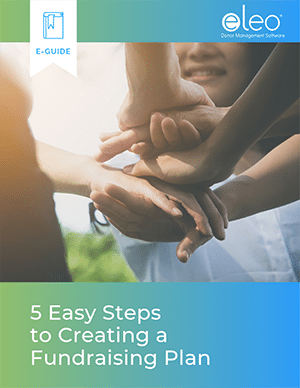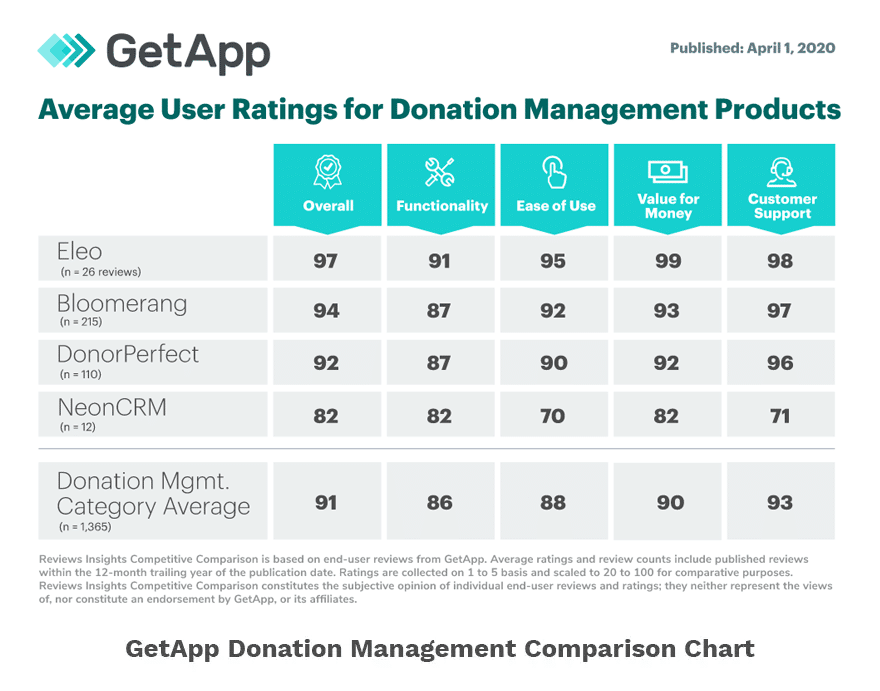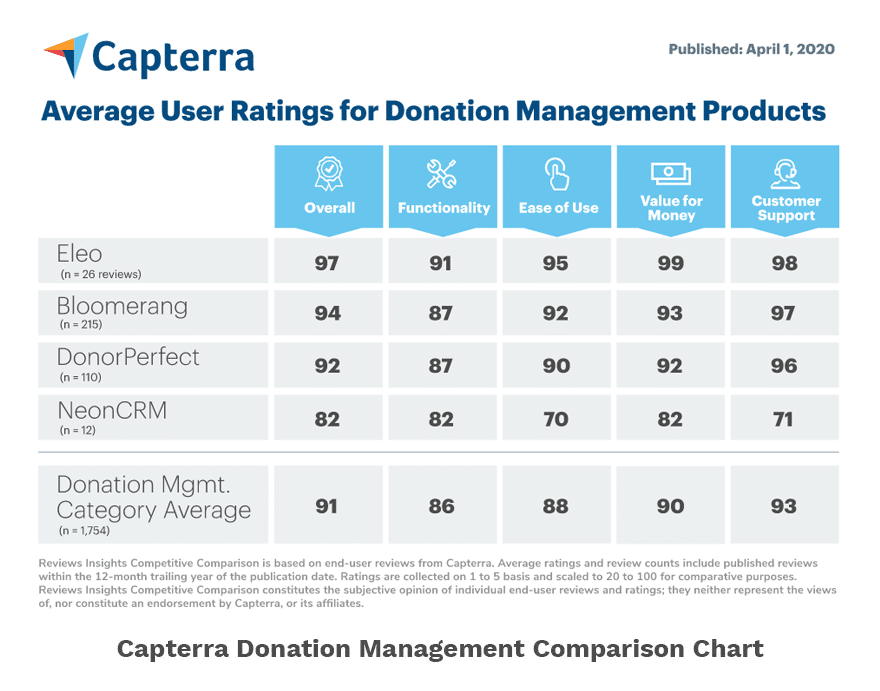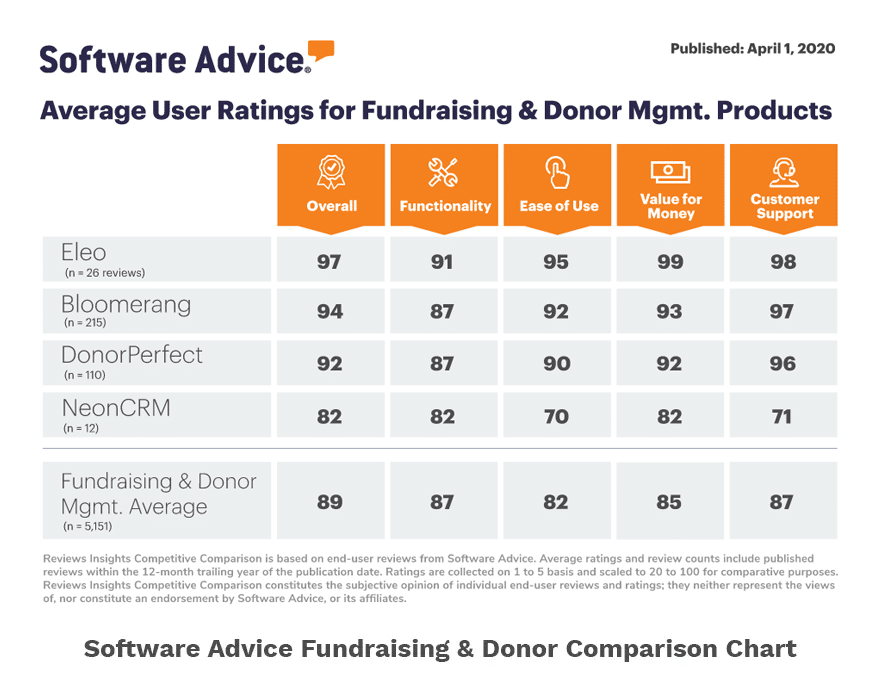
As a small nonprofit, understanding and tracking in-kind donations can feel intimidating. However, while there is a learning curve to accepting in-kind donations, this type of donation offers tremendous potential as an additional revenue stream for your organization.
Let’s discuss the benefits of in-kind donations for small nonprofits and steps you can take to avoid potential pitfalls, including the creation of an in-kind donation policy and proper recording of in-kind donations in your donor database!
What Are In-Kind Donations?
An in-kind donation is any non-cash gift. There are two general categories of in-kind donations – goods and services.
Examples of goods include clothing, food, office supplies, computer software, and even real estate and office space. Examples of services include legal services, transportation, website development, and consulting.
These types of gifts are often overlooked in favor of traditional monetary donations, but in-kind donations can benefit small nonprofits in a number of ways.
- In-kind donations can directly support your mission (clothing to a homeless shelter, food to a pantry, legal services to victims of domestic abuse, etc.)
- In-kind donations can offset expenses to reduce the cost of day-to-day operations (free or discounted office space, accounting services, tech support, software, etc.)
- In-kind donations provide a way for both businesses and individuals to donate without taking money out of their pockets.
- In-kind donations can improve your overall fundraising numbers, which can help with grant applications.
- In-kind donations help connect your nonprofit with community members and build relationships with local establishments
Why Small Nonprofits Need an In-Kind Donation Policy
Sometimes well-meaning individuals offer in-kind donations that just don’t fit.
For example, suppose you run an animal shelter. One day a generous donor decides they would like to donate their motorboat to your organization. Their logic? You can sell the boat and keep the proceeds. Well, the money from the boat sounds great but it comes with a myriad of hurdles. You’ll probably have to transport the boat, store it, list it, manage bids, etc. These steps turn into a vacuum of time and energy.
Thankfully, these types of in-kind donation issues are completely preventable!
An in-kind donation policy lays everything out for your team, and your donors. The policy will define what types of goods and services can be accepted and what process should be followed when gifts are received. This will reduce friction and give your nonprofit the benefit of discretion.
Record In-Kind Donations in Your Donor Database
Recording donations is essential to your nonprofit’s success, but this is especially true if your organization accepts in-kind donations. Because in-kind donations can be a bit complex, and because they don’t have an implicit monetary value, it makes it that much more important to track them closely.
All in-kind donations should be entered in your database with an estimated/proposed monetary value and cataloged as in-kind. In other words, you should not be forced to enter in-kind donations as ‘cash’ or ‘credit card;’ in-kind donations should have their own payment type. This will allow you to better report out on in-kind donations specifically, as opposed to being lumped together with cash gifts.
In-kind donations can provide small nonprofits with valuable resources to improve operations and advance the mission! If you have questions about how to enter, track, and report on in-kind donations in Eleo, contact us to schedule a demo!







